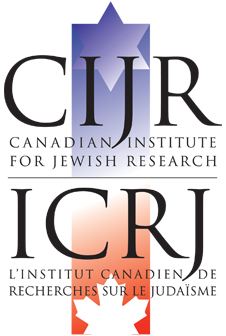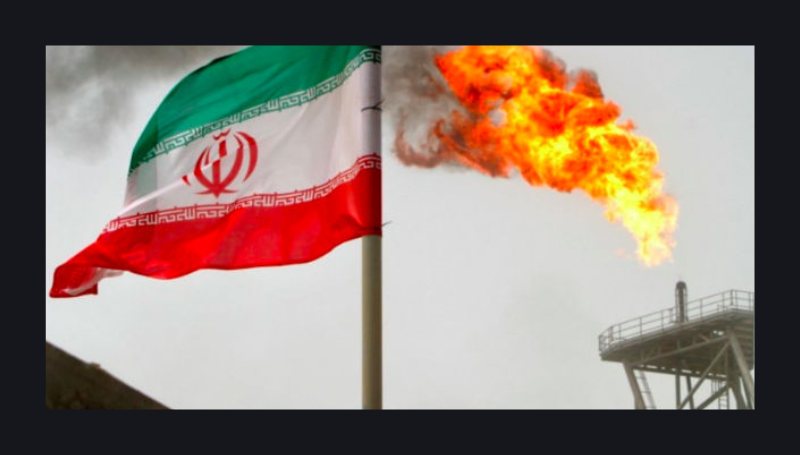Amira El-Fekki
Newsweek, Apr. 8, 2025
“Tehran has been escalating its nuclear activities, with the International Atomic Energy Agency warning that Iran’s recent enrichment levels are nearing bomb-grade — much higher than is needed for most power generating reactors.”
The United States and Iran are preparing for talks on Tehran’s nuclear program in Oman to avert a possible military confrontation that could have devastating consequences far beyond the Middle East.
The talks follow President Donald’s Trump’s “maximum pressure” campaign of toughened sanctions on Iran and a build up of military force in the region. Trump has said he prefers to negotiate a deal, but will use force if need be.
Below are some key points to look out for around the talks:
Direct or Indirect Negotiations?
The question of whether the talks will be direct or indirect still divides the parties.
U.S. President Donald Trump has said they will be direct talks and has said he believes the Iranians will agree.
However, Iranian officials have rejected Trump’s request for direct engagement citing a lack of trust in the U.S. administration given its “maximum pressure” policy.
Iran’s foreign minister, Abbas Araghchi, said the talks would be conducted indirectly and “any other method of negotiation” will not be accepted.
Past rounds have seen reliance on intermediaries to navigate tensions. The dynamics of this communication could influence the talks’ outcomes.
Who Will Take Part?
The talks scheduled for April 12 will include Araghchi and U.S. presidential envoy to the Middle East Steve Witkoff, according to Iranian reports, with Oman as a mediator.
This is a marked difference from the 2015 Joint Comprehensive Plan of Action (JCPOA) that was designed to stop Iran from obtaining nuclear weapons. That deal with Iran was finalised not only by the United States, but also by China, Russia, Britain, France, Germany and the European Union.
Trump withdrew from it in 2018 during his first term, saying it was not tough enough. …SOURCE


